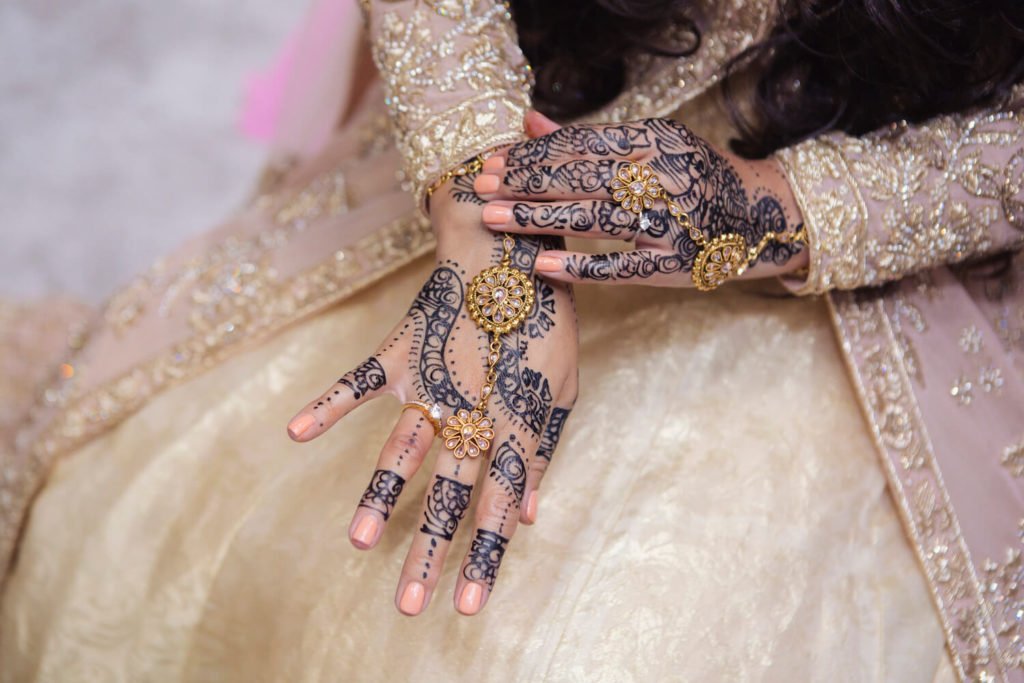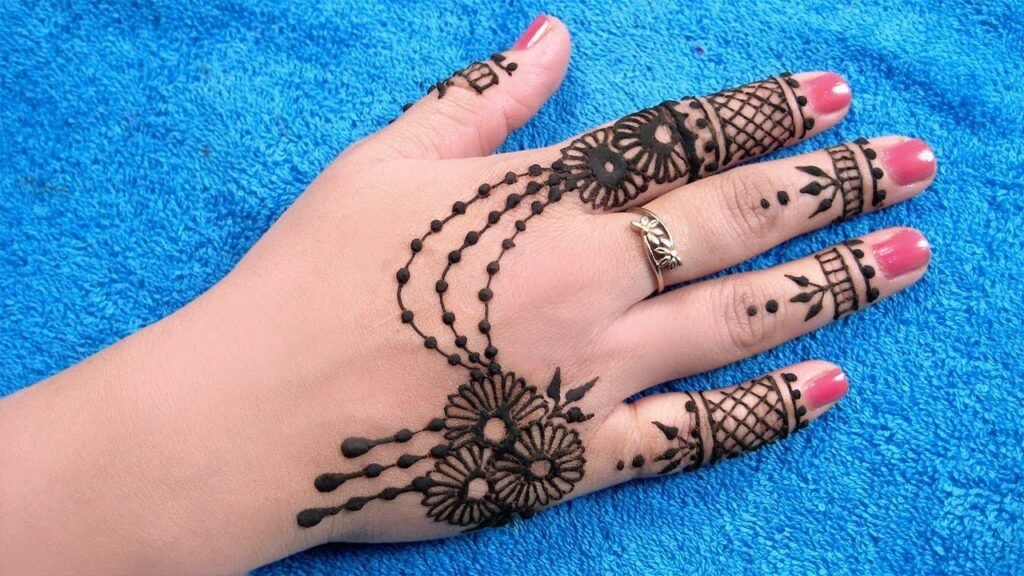Body Decorations
Body decorations are not new in the world. It is done by different people for various reasons. Some people believe that tattoos, piercings, and lalle designs are ways of expressing oneself. For some others, it is embedded in their cultures and traditions.
In ancient Egypt, body decorations were part of their culture. Cleopatra and Nefertiti were known to have used it to color their hair. It was also commonly used for many centuries in India, the Middle East, and Africa.
Where there are various types of body decorations across the world, this article focuses on the traditional decorations that originate from Nigeria. The one, in this instance, is lalle.
Lalle
Lalle has been culturally used by men and women for over 6,000 years to dye hair, nails, and skin. Now, commercially packaged lalle, intended for use as a cosmetic hair dye, is now available in many countries.
The lalle dye or color is obtained from the leaves of a plant, which are dried, milled and sifted. A mildly acidic liquid like lemon juice or strong tea needs to be added to activate the Lawsonia.
Lalle is more prominent in Northern Nigeria. It is often confused with Henna. Some people say they’re two different things while some others believe that they’re one and the same. From research, lalle is the Hausa name for Henna.

Lalle Vs Henna
Henna called ‘lalle’ in Hausa has been used by women to beautify themselves from time immemorial. Decades back, people merely applied a paste of the leaves of the plant on the body. They tie it with a covering which is later removed.
These days, however, it has become so modernized that it involves ethnic designs from India and Arabian cultures. These days women choose which designs they prefer from a catalog or papers with pictures. And it is done for her by a specialist.
As has been stated earlier, lalle was more common among the Hausa people in Nigeria. Now, there’s now a more general acceptance and everyone is talking about it.
Lalle is to the North what Uli is to the East in Nigeria. The Igbos use uli to decorate their bodies. They do this during events like weddings and baby naming ceremonies.
On special occasions as noted by Willis, “Body paintings are worn by women when going to their markets, paying visits to prospective husbands, and undergoing rites of passage such as marriage celebrations, the birth of a first child, or the achievement of titled status; they are also worn during festivals and second burial rites for a deceased relative”.
Dance groups choose their own specific designs to be painted on all members for performances; when they visit a nearby village these designs distinguish them as coming from a different place. Little information has been recorded about uli painting for men, but I have been told of village wrestlers who wear uli for their fights. G.T. Basden notes that young men wore bold vertical stripes of uli to decorate their torsos (Willis, 1989).
Lalle Design Specialists
Not only is lalle beautiful, but it has also created a lot of job opportunities for people that have mastered the act quite well. People pay to get their hands and legs decorated in the paste and as such, creating a source of livelihood.

Why Use Lalle?
Beyond the aesthetic appeals of the lalle, it is believed to have medical benefits. People use it to protect weak nails from chipping, breaking, and flaking. If the nails have a fungal infection, lalle could eradicate it.
Lalle is also used to rid one of the athlete’s feet and similar fungal ailments that affect the feet. It aids in the softening and shedding of calloused skin, leaving it smooth and soft.
In general, Nigerians are happy people. It doesn’t matter how bad the situation is for us economically, or otherwise. When it is time to party, Nigerians do so in elegance. They go all out to look their best for occasions.
Auspicious events in an individual’s life such as a marriage or a title-taking could also prompt body decorations. A household might even decorate its compound walls as a way of declaring that it could afford the time to do so.

